The Naga, a serpentine deity deeply rooted in Thai mythology, has long been a symbol of power, protection, and mystery. From the murky depths of the Mekong River to the ornate temples of Bangkok, the Naga's presence is woven into the cultural and spiritual fabric of Thailand. This enigmatic water spirit is revered not just as a mythological creature but as a guardian of sacred spaces and a bridge between the earthly and divine realms.
Legends of the Naga date back centuries, with stories passed down through generations. In Thai folklore, the Naga is often depicted as a massive serpent with multiple heads, sometimes resembling a dragon. It is said to reside in rivers, lakes, and even underground waterways, emerging only to protect the virtuous or punish the wicked. The Naga's connection to water is particularly significant in a country where rivers are lifelines, sustaining agriculture, transportation, and daily life.
One of the most famous Naga-related events in Thailand is the annual Naga Fireballs phenomenon, which occurs along the Mekong River in the northeastern province of Nong Khai. During this mysterious event, glowing orbs rise from the river and vanish into the night sky, captivating locals and tourists alike. While scientists attribute the fireballs to natural gas emissions, many Thais believe they are the work of the Naga, a celestial display of the serpent's power.
The Naga's influence extends beyond folklore into Thai Buddhism. In temple architecture, Naga motifs are ubiquitous, often adorning staircases, roofs, and gates as protective symbols. The serpent is also linked to the story of the Buddha, where it is said to have sheltered him during meditation. This duality—both as a fearsome creature and a divine protector—makes the Naga a fascinating figure in Thai spirituality.
In modern Thailand, the Naga continues to hold cultural significance. It appears in art, literature, and even pop culture, serving as a reminder of the country's rich mythological heritage. Whether seen as a literal being or a metaphorical representation of nature's power, the Naga remains an enduring emblem of Thailand's connection to the mystical and the sacred.
The reverence for the Naga is not limited to Thailand alone. Similar serpent deities appear in neighboring countries like Laos, Cambodia, and Myanmar, each with their own unique interpretations. This regional shared mythology highlights the interconnectedness of Southeast Asian cultures and their collective respect for the natural world.
For those seeking to understand Thailand's spiritual landscape, the Naga offers a compelling entry point. Its stories blur the lines between myth and reality, inviting contemplation on humanity's relationship with nature and the divine. As long as the rivers flow and the temples stand, the legend of the Naga will continue to inspire awe and wonder in the hearts of those who encounter it.

By Olivia Reed/Apr 28, 2025

By Emma Thompson/Apr 28, 2025

By Samuel Cooper/Apr 28, 2025
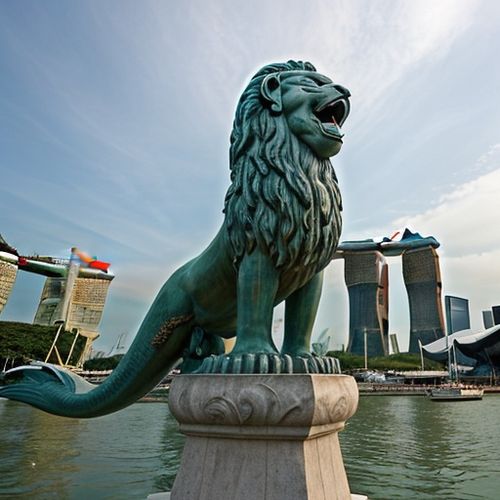
By Grace Cox/Apr 28, 2025
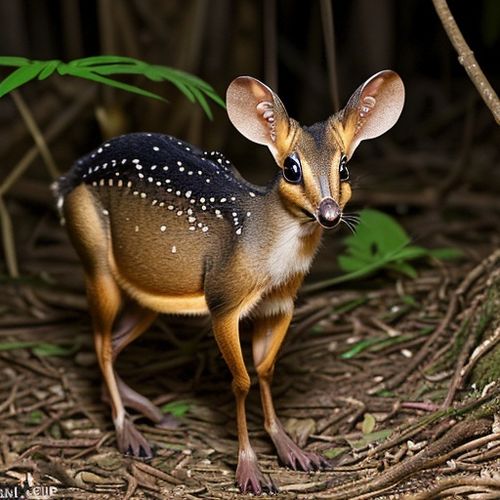
By George Bailey/Apr 28, 2025

By Rebecca Stewart/Apr 28, 2025
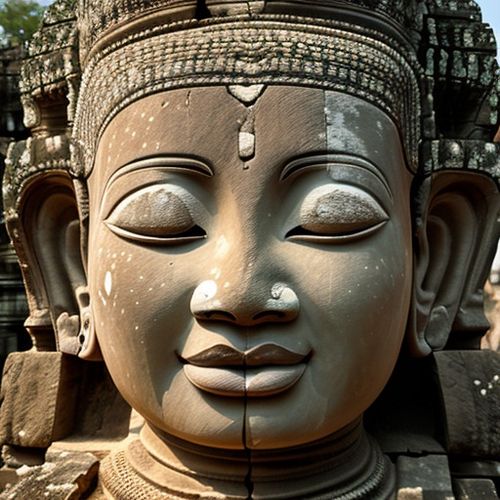
By George Bailey/Apr 28, 2025
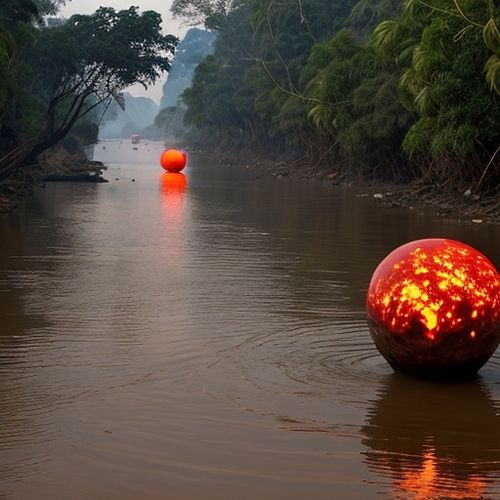
By Olivia Reed/Apr 28, 2025
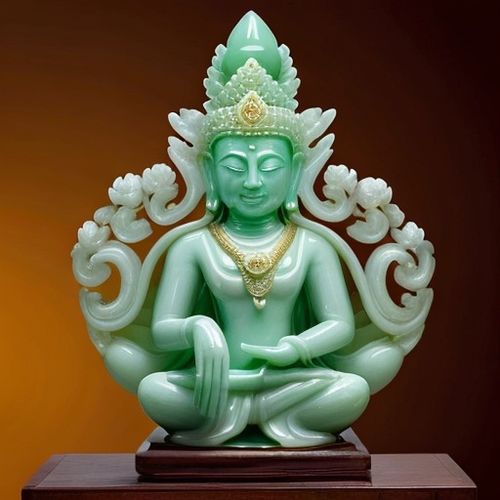
By Eric Ward/Apr 28, 2025
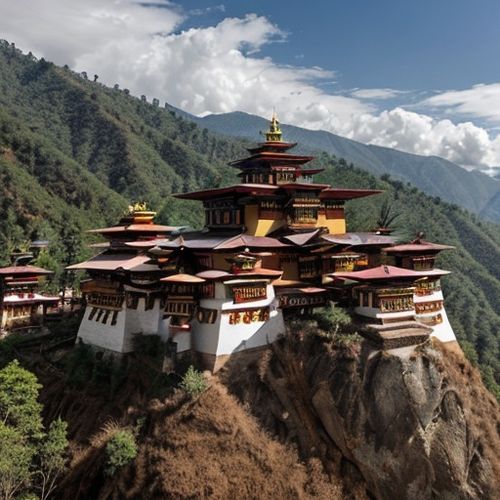
By Benjamin Evans/Apr 28, 2025

By Amanda Phillips/Apr 28, 2025
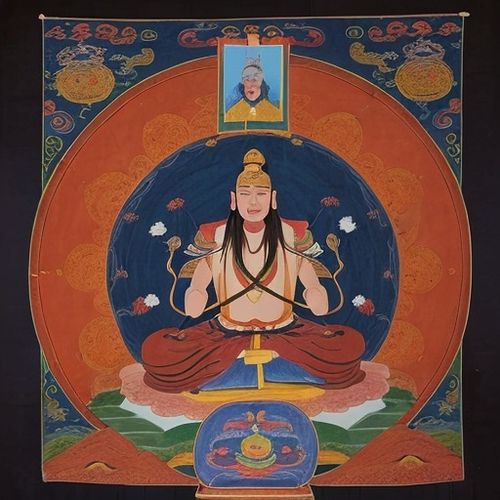
By Sophia Lewis/Apr 28, 2025
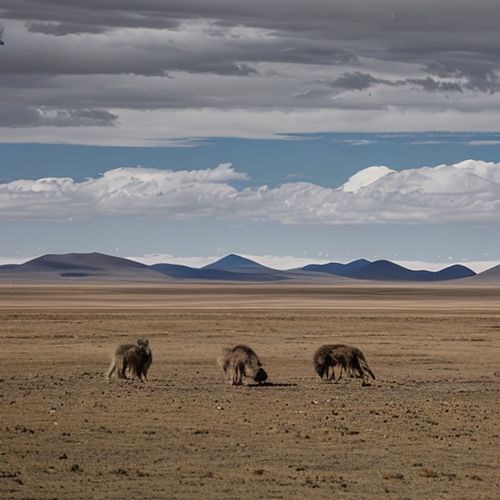
By Christopher Harris/Apr 28, 2025

By Benjamin Evans/Apr 28, 2025

By Rebecca Stewart/Apr 28, 2025
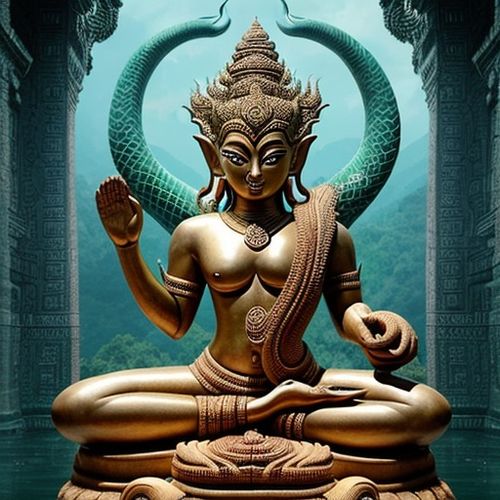
By David Anderson/Apr 28, 2025
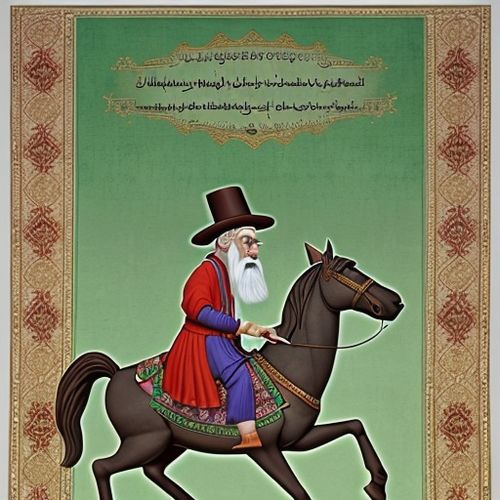
By Olivia Reed/Apr 28, 2025
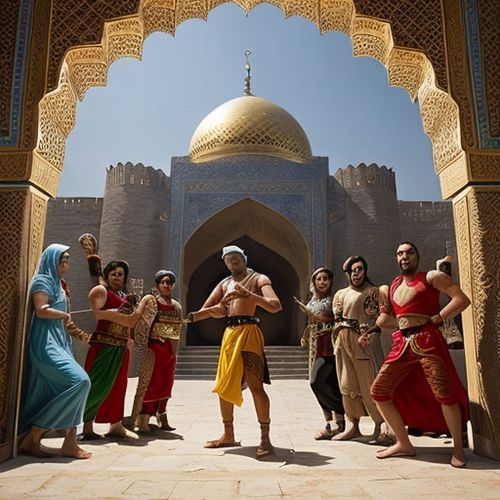
By Lily Simpson/Apr 28, 2025

By Emma Thompson/Apr 28, 2025
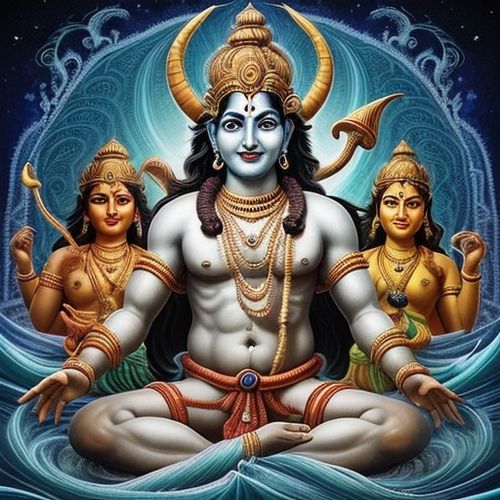
By Laura Wilson/Apr 28, 2025